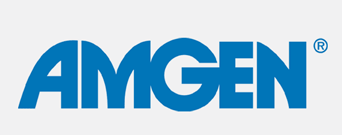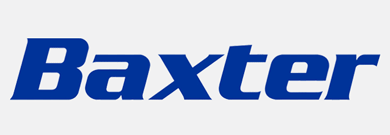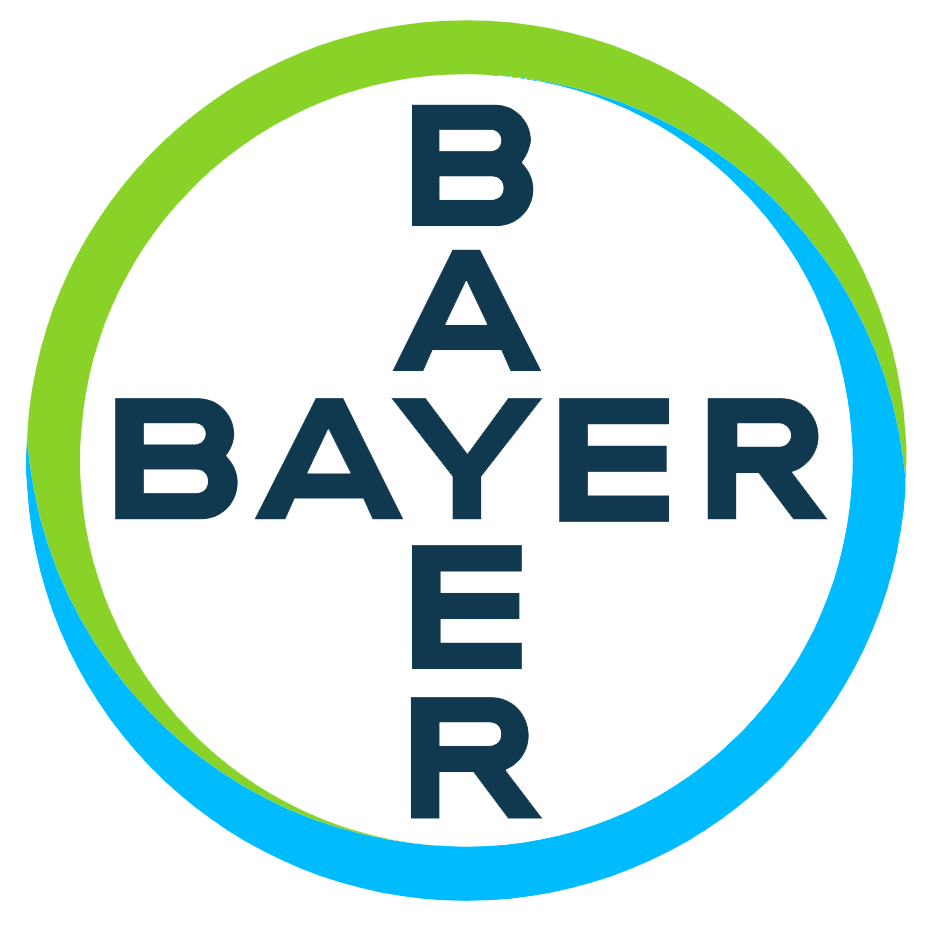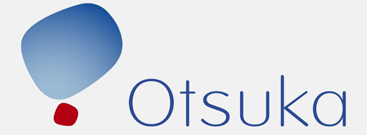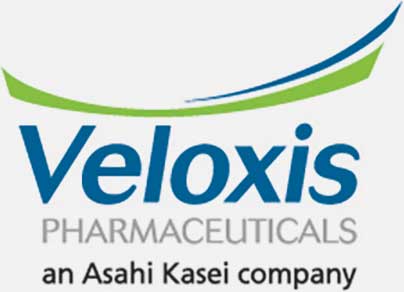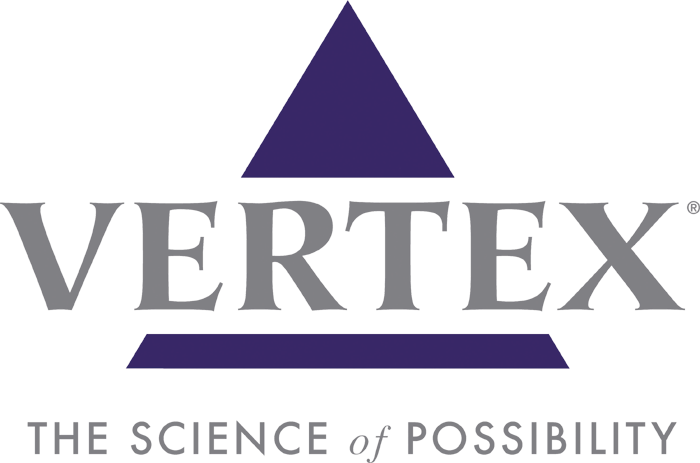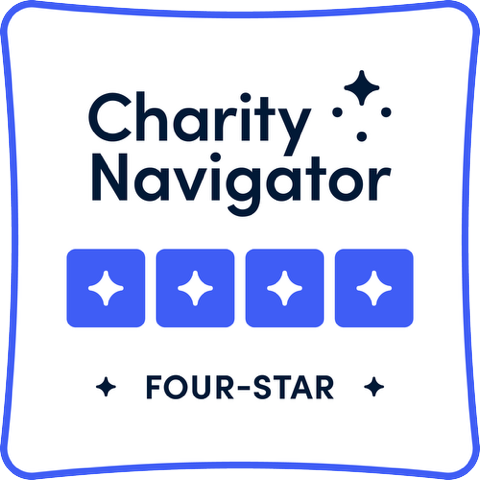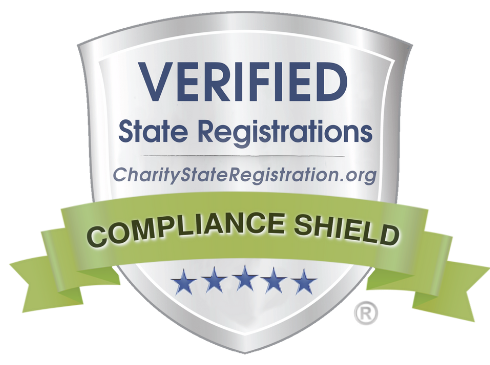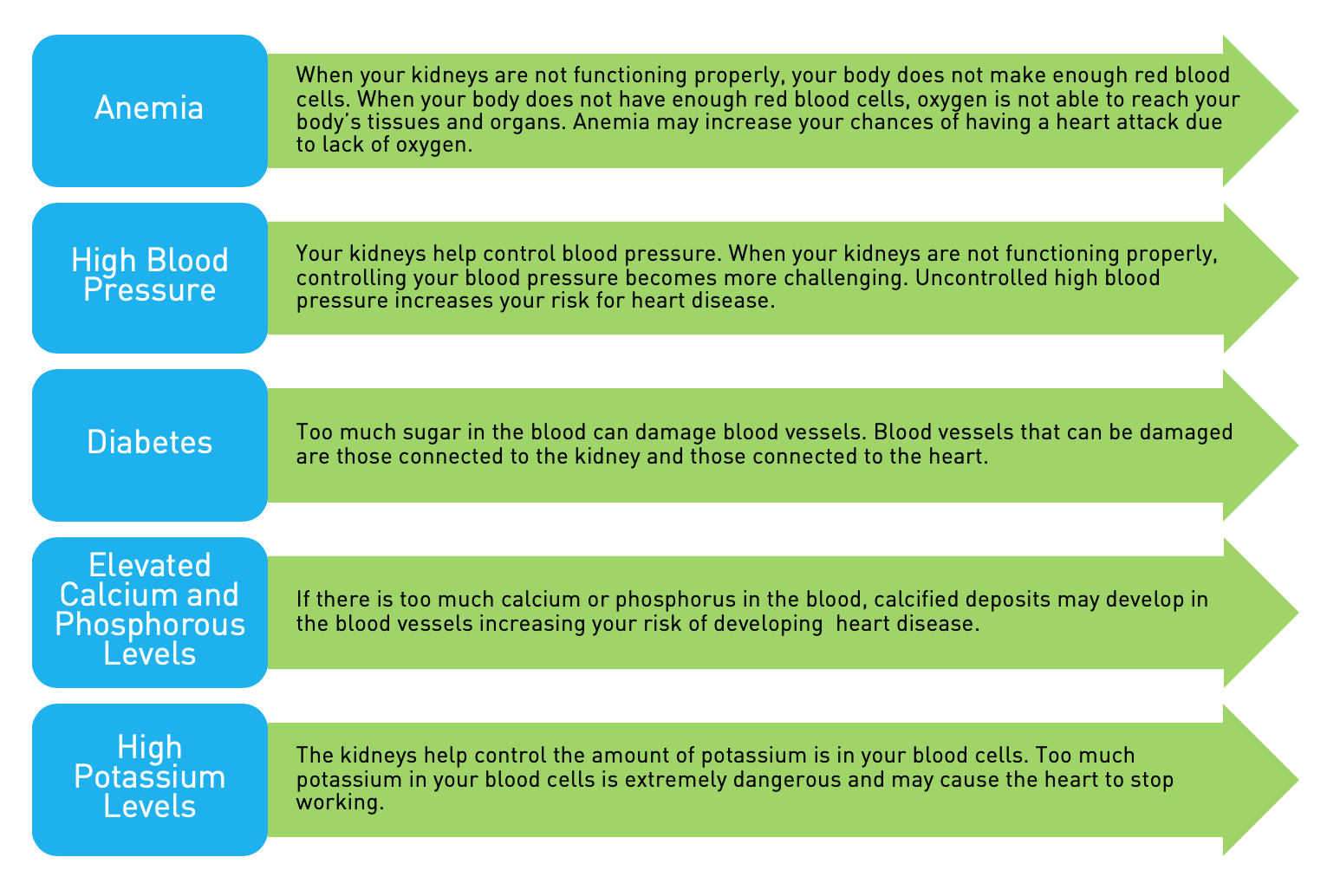Dear Dr. Hecker:
The Alliance for Home Dialysis is a coalition of kidney dialysis stakeholdersrepresenting patients, clinicians, providers,and industry. We have come together topromote activities and policies to facilitate treatment choice indialysis care while addressing systemic barriers that limit access for patients and their families to the many benefits of home dialysis.
We recently learned of your Medicare Coverage Article titled “Hemodialysis Frequency” and have serious concerns about the process by which you aremaking this change in policy, and, ultimately, its impact on home dialysis patients.Our organization believes that this Medicare Coverage Article, scheduled to take effect on October 10, 2014, limits payment for services that were previously covered without providing the requisite opportunity for public comment,thus limiting access to home dialysis and medically indicated treatments for patients in Jurisdictions Eand F. It is for these reasons that we request that you rescindthe Coverage Article.
Homedialysis—peritoneal dialysis (PD) and home hemodialysis (HHD)—is an important treatment option that offers patients significant quality of life advantages, including clinically meaningful improvements in physical and mental health.Congress and the Centersfor Medicare and Medicaid Services (CMS) have consistently acknowledged the importance of ensuring beneficiaries with access to home dialysis.1 In fact, one of the Agency’s stated goals in the implementation of the new ESRD payment system was to “encourage patient access to
home dialysis,”2and to “make home dialysis economically feasible and available to the ESRD patient population.”3 However, today only 10% of U.S. dialysis patients receive treatment at home, with approximately 2% of patients receiving home hemodialysis (HHD).4
More frequent hemodialysis, particularly at home, is an important treatment option that offers significant clinical benefits. For instance, studies have demonstrated that more frequent hemodialysis results in faster recovery time after treatment with fewer side effects;5 improved cardiac status6 and survival rates;7 and increased likelihood for transplantation8 and opportunity for rehabilitation.9 Despite these proven clinical advantages, the Alliance is concerned that under the policy that Noridian is proposing, physicians and patients will be less likely to offer or choose home modalities if coverage is limited to one additional treatment per month.
As recently as July 2014, in its proposed rule on the end-stage renal disease prospective payment system (CMS-1614-P), CMS restated its policy on payment for more than three dialysis treatments perweek. It does not restrict payment to specific codes or any set number of treatments beyond the initial three. As the proposed rule states “we have always recognized that some patient conditions benefit from more than three dialysis sessions per week, and, as such, the Medicare policy for medically necessary additional dialysis treatments was developed.”10 CMS did reaffirm the authority of the Medicare Administrative Contractors (MACs) to determine whether additional treatments are medically necessary at the local level and noted that CMS “does furnish instructions to MACs to consider appropriate patient conditions that would result in a patient’s medical need for dialysis treatments (for example, excess fluid or five or more pounds).”11 However, the policy put forth in this Coverage Article limits the definition of medical necessity to a narrow list of codes and only allows for one additional session per month—a significant change from Noridian’s previous payment policies for both frequency and codes covered, and different from the Local Coverage Determinations(LCDs) in place atother MACs.
The Alliance believes that the appropriate vehicle for policy changesthat intend to implement new restrictions or diagnosesis a LCD, which requires a 45-day comment period and a 45-day notice period,12 not an article whose content, per CMS guidelines, should be limited to “newly
developed educational materials, coding instructions, or clarification of existing medical review-related billing or claims policy,” including explanations of procedure codes and documentation requirements.13 As you are aware, LCDs are “decisions by [MACs] whether to cover a particular item or service” that “specify under what clinical circumstances an item or service is considered to be reasonable and necessary.”14 The Alliance believes the payment changes set forth in this Coverage Article are not consistent with CMS’ guidelines on article content and would be more appropriately addressed in an LCD that provides an opportunity for stakeholders to comment and appeal.
The Alliance feels strongly that any policy on payment for more frequenthemodialysis should be consistent with Congress’ stated intent in the creation of the ESRD benefit that “the maximum practicable number of patients who are medically, socially, and psychologically suitable candidates for home dialysis or transplantation should be so treated.”15Thus,we request that you rescind this Coverage Article and engage with thekidney community to ensure that any revisions to current payment policies are done in a manner that allows stakeholder input and is consistent with CMS policy, clinical evidence, and the best interest of patients.
The Alliance appreciates your consideration of this request.Please feel free to contact Lauren Reliford at 202-449-8367 if you have any questions or would like additional information.
Sincerely,
Signing Alliance Members:
American Association of Kidney Patients
American Kidney Fund
American Nephrology Nurses Association
American Society of Nephrology
American Society of Pediatric Nephrology
Baxter
Cleveland Clinic
DaVita HealthCare Partners Inc.
Dialysis Clinic, Inc.
Dialysis Patient Citizens
Greenfield Health Systems
Home Dialysis Plus
Home Dialyzors United
Hortense and Louis Rubin Dialysis Center, Inc.
Medical Education Institute
National Kidney Foundation
National Renal Administrators Association
Northwest Kidney Centers
NxStage Medical
Renal Physicians Association
Renal Support Network
Rogosin Institute
Satellite Healthcare
Southwest Kidney Institute





